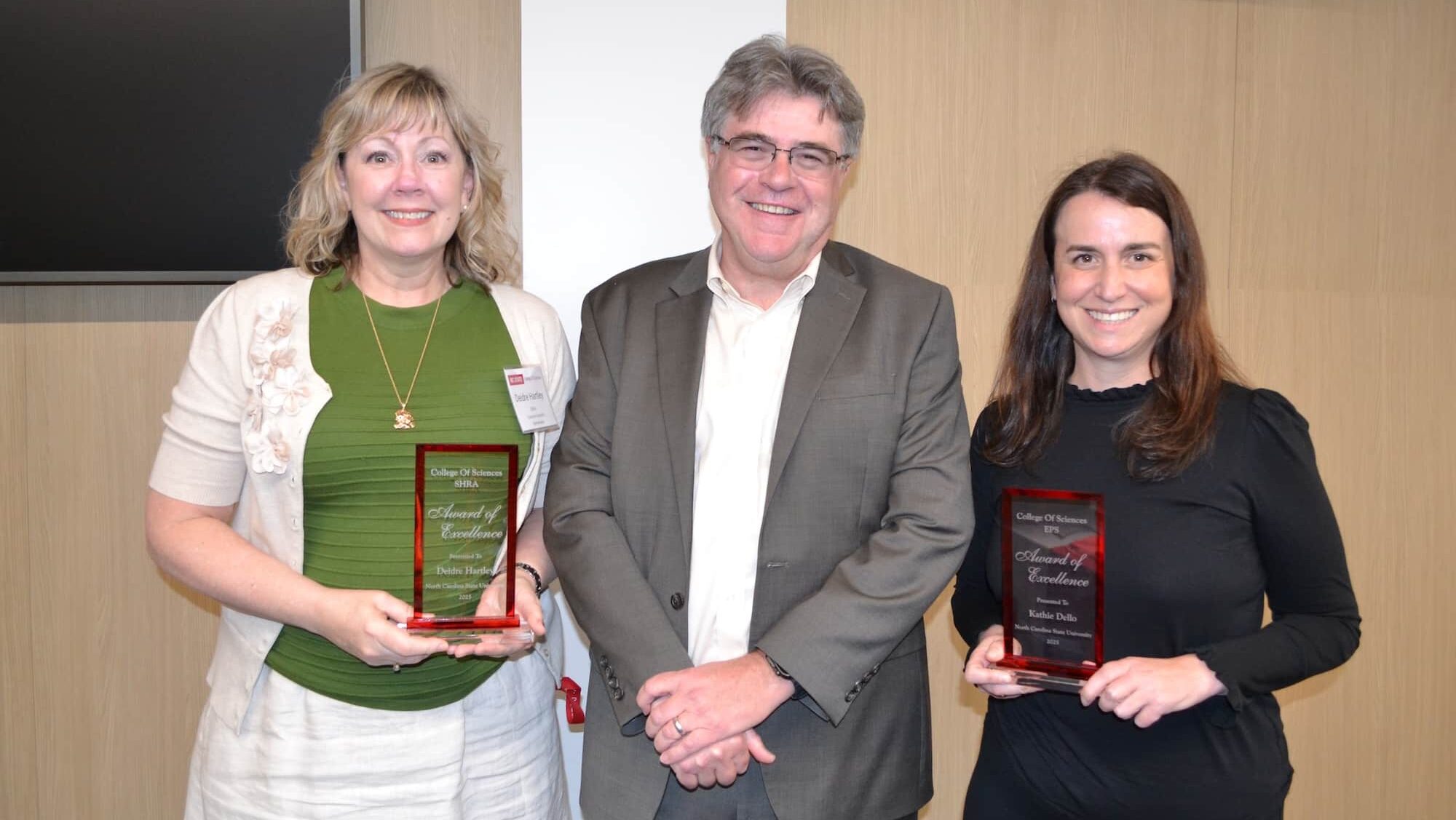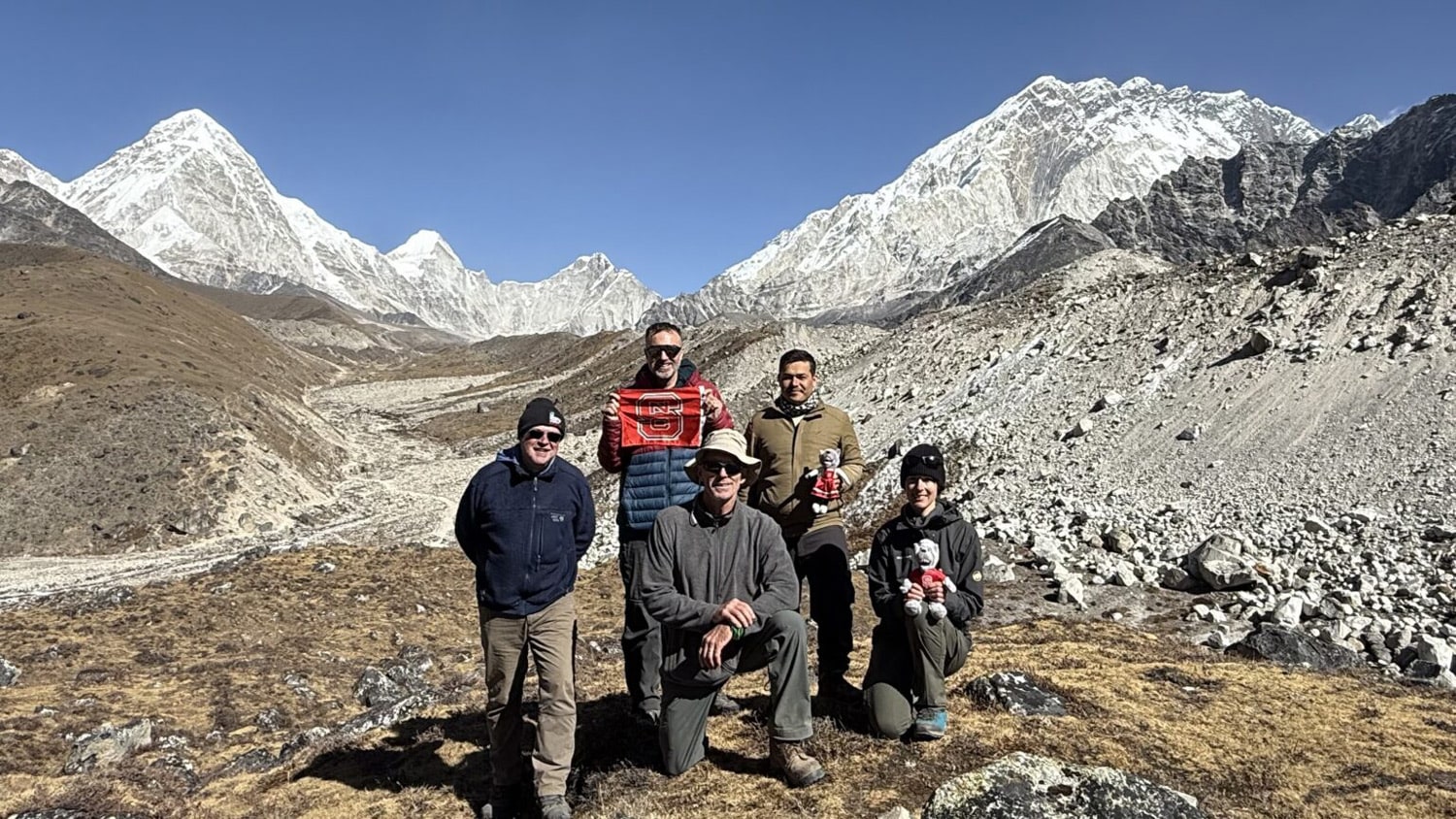The Shifting Science of Sand
Ever wonder why you can pour sand out of a bucket like a liquid, but a sandy seashore supports your body like a solid? Sand can hold up huge buildings and stop bullets — yet it flows effortlessly through an hourglass.
“So is sand more liquid or solid? Well, the grains themselves are solid, but the collective behavior is very different from the individual grains,” said Dr. Karen Daniels, an associate professor of physics.
Daniels’ lab is investigating the mechanism behind the often quick transition between runny and solid sand granules, a move Daniels likens to a chemical state change. The work could prove helpful to manufacturers wanting to incorporate different forms of materials into their products.
Consider water. At standard pressure and 10°C, water is frozen solid, but when the temperature reaches 0°C, the ice starts to melt.
“For a few decades now, there’s been this idea that granular materials have a state change just like ice changes into water,” Daniels said. “But instead of a ‘temperature’ variable, the state change depends on something else.”
The work could prove helpful to manufacturers wanting to incorporate different forms
of materials into their products.
Daniels’ lab identified and tested two variables that could be responsible for the mysterious state change: compactivity and angoricity.
Compactivity measures how much free space exists around each grain. The more space, the higher the compactivity.
Angoricity is the measure of the physical forces acting on the materials.
The researchers tested these variables by studying how different types of artificial discshaped grains behaved when compacted. A true temperature-like variable should equilibrate between materials, just as hot coffee eventually cools down to room temperature.
The researchers found that no matter what they did, the granular angoricity equilibrated between the grain types, which means the compaction force was distributed equally among the grains.
But not so for compactivity, which failed that test.
Daniels will continue to investigate how angoricity influences the state of granular materials. One day, she hopes the work will help manufacturers take advantage of these state changes to create better industrial materials.
- Categories:


